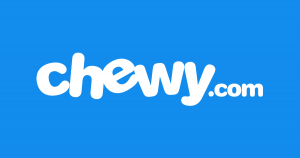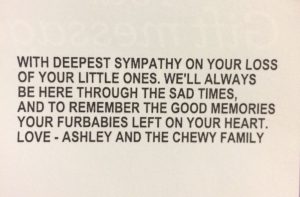They will never sell
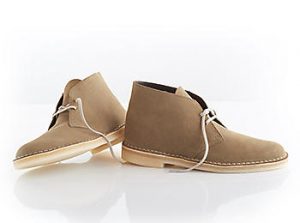
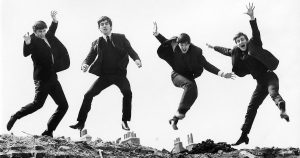
Dick Rowe of Decca is (in)famously believed to have said, “Guitar groups are on their way out, Mr Epstein” in turning down the Beatles.
They have sold more than 600 million albums worldwide.
 After the Second World War, The British Government looking for a car for the masses turned down the VW Beetle saying, “This car does not fulfil the technical requirements which must be expected from a motor car. Its performance and qualities have no attraction to the average buyer. It is too ugly and too noisy”.
After the Second World War, The British Government looking for a car for the masses turned down the VW Beetle saying, “This car does not fulfil the technical requirements which must be expected from a motor car. Its performance and qualities have no attraction to the average buyer. It is too ugly and too noisy”.
More than 21.5 million of the old Beetle had been sold when the last one came off the production line in Mexico in 2003.
When Nathan Clark presented the design for a new boot, the board felt it was too informal and not in line with their traditional designs and proclaimed, “They will never sell”.
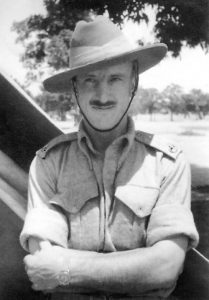 In 1941, Nathan was stationed in Burma with the British Army. As the great-grandson to one of the founders of the Clarks company, it wasn’t surprising that he paid particular attention to what people were wearing on their feet. He soon noticed that many off-duty officers were wearing simple suede boots with crepe soles.
In 1941, Nathan was stationed in Burma with the British Army. As the great-grandson to one of the founders of the Clarks company, it wasn’t surprising that he paid particular attention to what people were wearing on their feet. He soon noticed that many off-duty officers were wearing simple suede boots with crepe soles.
Investigating further, he found out that the officers were ordering their boots from a particular bazaar in Cairo. They were made to be lightweight (so they were easier to run in), had a grippy sole (for balance on any type of ground) and the suede upper was both comfortable, and good for high temperatures.
Believing he was onto something big, he began cutting prototype patterns out of newsprint. He set these clippings along with drawings back home to the factory, which is in the village of Street in Somerset.
When he got back to England, Clark sources the finest materials and shoemakers to transform his idea into reality. Using an existing last (a 3-dimensional mold upon which a shoe is constructed) that had been used for a popular Clarks sandal, he began to experiment. He used what is known as a stitch-down construction, a method used in other Clarks styles, but opted for an orange thread as a further distinguishing trait.
Sticking to the look he had seen in Burma, he decided on a beige suede, sourcing it from a nearby tannery, Charles F. Stead. The colour of the suede he now recognised as a reference to the boot’s desert origins. The choice of suede however was to be part of the controversy as at the time most men’s shoes were made from stiff, formal leather and came in black or brown.
Presenting his Desert Boot prototype to the board, he was met with a frosty response – they will never sell.
Nathan however still believed in his new boot, so in his capacity as Overseas Development Manager, he unilaterally decided to take his latest creation to the Chicago Shoe Fair in 1949.
There it was well received, and was dubbed the world’s first “dress casual” shoe.
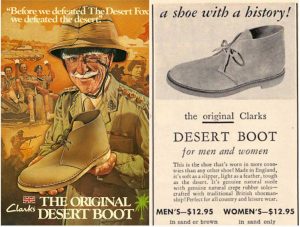 So, in 1950 the desert Boot finally went on sale. It was an immediate success.
So, in 1950 the desert Boot finally went on sale. It was an immediate success.
More than 10 million pairs of what was described in a 1957 advert as the ‘world’s most travelled shoes’ have been sold in 100 countries.
Famous fans have included Steve McQueen, Bob Dylan, Robbie Williams, Cabinet minister Kenneth Clarke and even Sex And The City actress, Sarah Jessica Parker who was spotted buying two pairs — one in brown, one in black — because she couldn’t decide which she liked best.
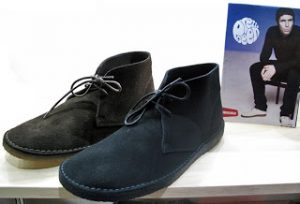 Oasis star Liam Gallagher was such a fan that throughout the 1990s he hardly wore anything else. He went one step further and collaborated with Clarks to design his own version of the boot as part of his “Pretty Green” clothing label.
Oasis star Liam Gallagher was such a fan that throughout the 1990s he hardly wore anything else. He went one step further and collaborated with Clarks to design his own version of the boot as part of his “Pretty Green” clothing label.
The boot was named one of the ‘Fifty Shoes That Changed The World’ by the Design Museum in 2009.
And the moral of the tale is that experts don’t always get it right. What do you believe in so much that you will push ahead with it even in the face of rejection?
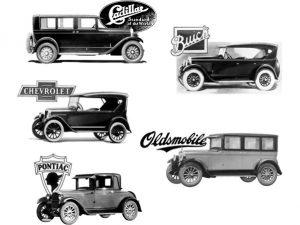
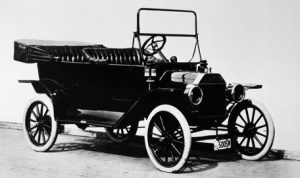 Using the highly cost-effective assembly-line method of producing cars he had developed and with the Model T, his Ford Motor Car Company took control of the market.
Using the highly cost-effective assembly-line method of producing cars he had developed and with the Model T, his Ford Motor Car Company took control of the market.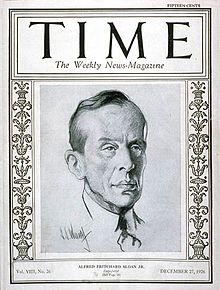 Sloan was born in New Haven, Connecticut and studied electrical engineering at the Massachusetts Institute of Technology (MIT).
Sloan was born in New Haven, Connecticut and studied electrical engineering at the Massachusetts Institute of Technology (MIT).

